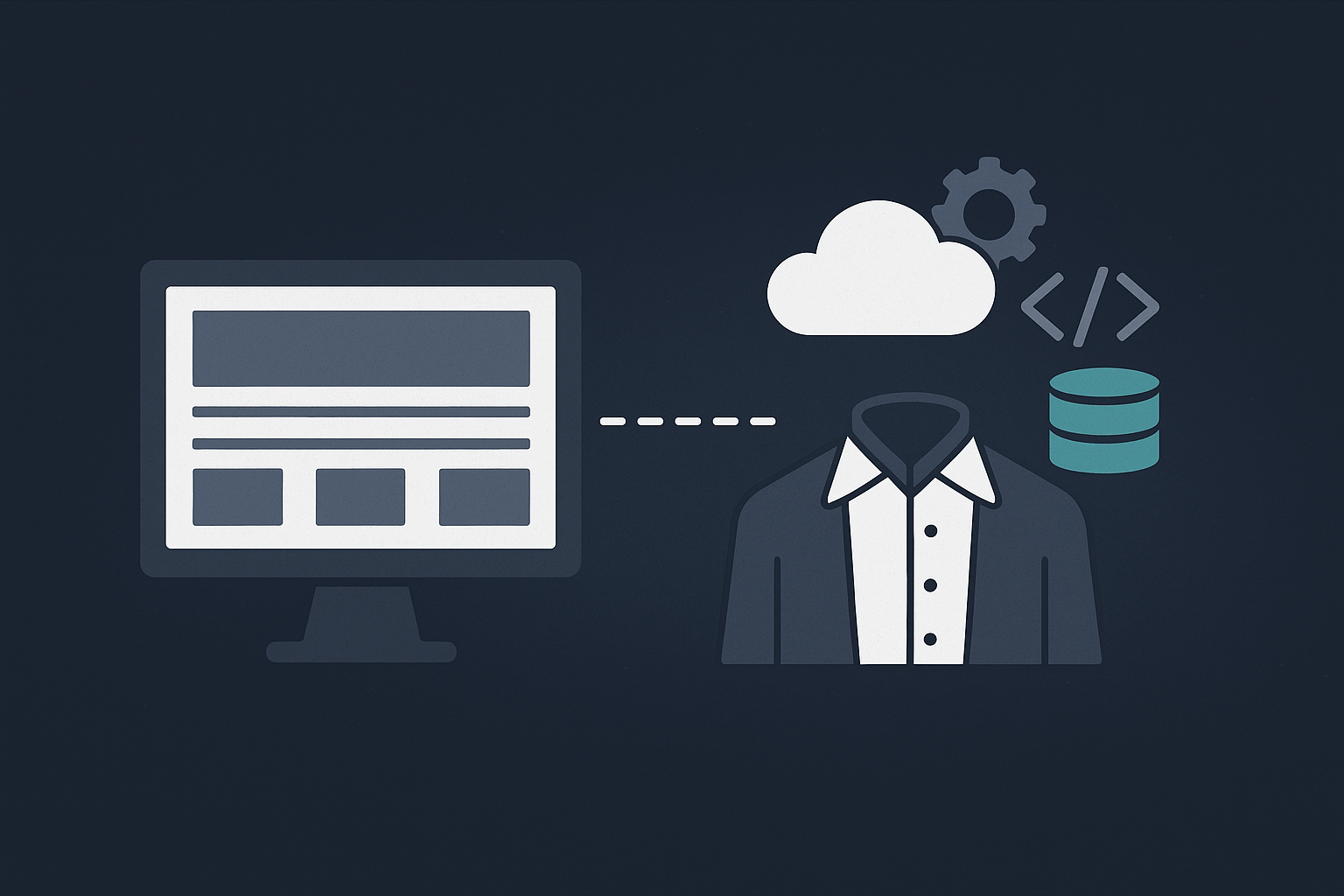Why Headless Architectures Matter
Headless architectures decouple frontend and backend to deliver flexibility, performance and future‑proofing. Why modern businesses should go headless.
Johannes Wigandt

What does headless mean?
“Headless” describes an architecture where the frontend (the “head”) is fully decoupled from the backend. Unlike traditional systems that tightly couple backend and presentation, a headless backend communicates with the frontend via APIs only. This separation lets teams build multiple frontends — websites, mobile apps, IoT — independently of the backend.
In 2025, decoupling is especially relevant: companies need agile, scalable and future‑proof systems. Headless is based on API‑first principles and adapts quickly to changing market and tech requirements. It’s a cornerstone of modern web development — particularly for headless CMS and headless commerce.
Benefits of headless architectures
Flexibility
Frontend and backend evolve independently. Teams can use different technologies and frameworks without touching the backend. This simplifies new features and enables multiple frontends in parallel. For headless CMS/commerce, this flexibility is key to tailored experiences.
Performance
Modern frontend frameworks such as Nuxt.js or React deliver fast, SEO‑optimised sites. APIs return only the data needed, reducing payload and improving speed — vital for e‑commerce and corporate sites.
Omnichannel
Headless enables multi‑channel delivery — web, mobile, IoT, even voice assistants. The backend acts as the central data source; frontends are optimised per channel. The result: a consistent customer experience across touchpoints.
Future‑proofing
The clear separation makes systems easier to extend and adapt. New platforms can be integrated with minimal effort because the backend exposes standard APIs. This future‑proofing helps companies stay competitive and react quickly.
Common use cases
- International e‑commerce: Different frontends per country/language with a central backend.
- Multi‑channel: Webshops, mobile apps, social and marketplaces in parallel.
- Mobile apps: Native/hybrid apps use headless APIs for a consistent UX.
- Corporate websites: Content/presentation separation for flexibility and maintainability.
- Content marketing: Centralised content for various channels and campaigns.
Challenges
- Technical expertise: Requires API design, frontend frameworks and backend skills.
- Infrastructure costs: Multiple independent systems must be hosted and scaled.
- Project planning: Coordination is needed so frontend and backend work seamlessly.
- Team communication: Clear processes reduce friction between teams.
Conclusion
Headless architectures are a key trend in 2025. They provide a flexible, future‑ready foundation for performant, multi‑channel digital products. Investments in headless CMS and headless commerce pay off by creating competitive advantage and adaptability.